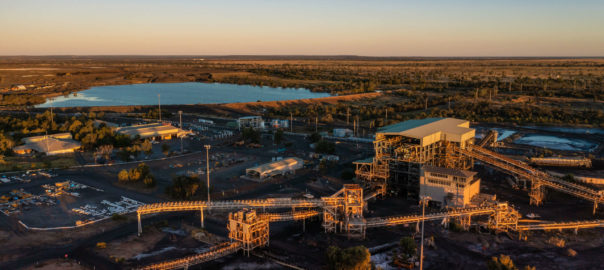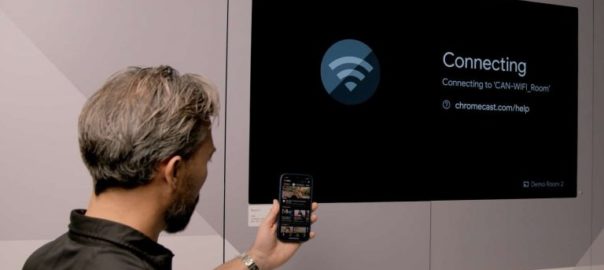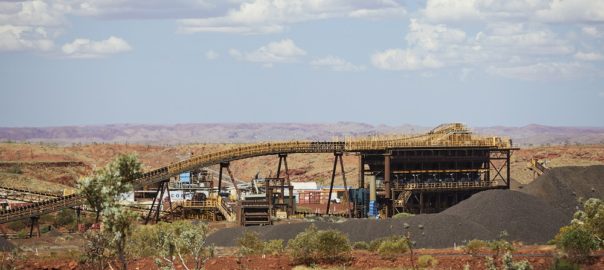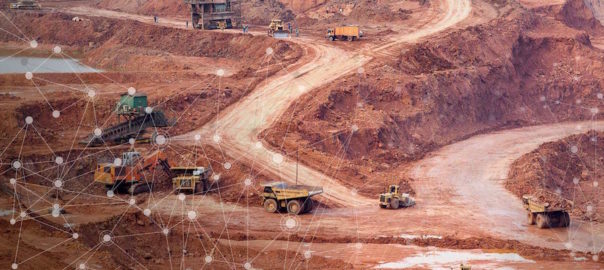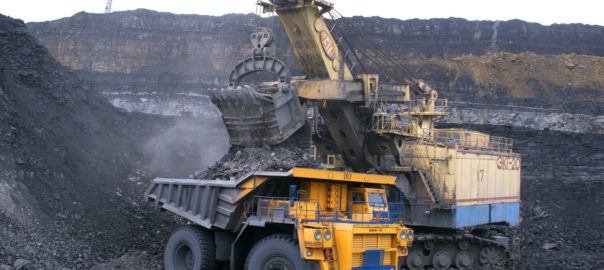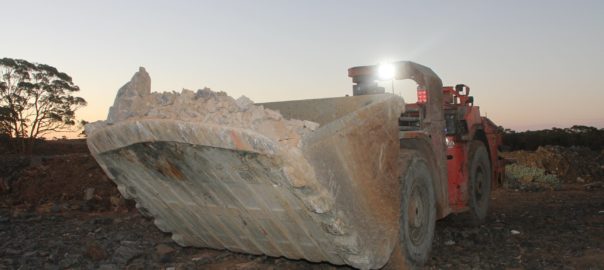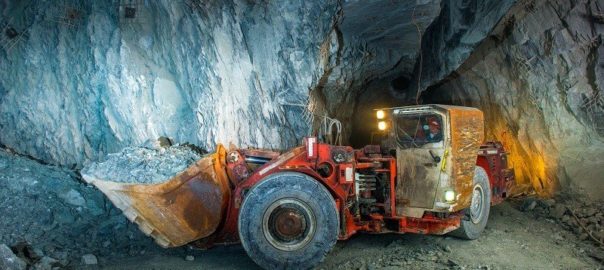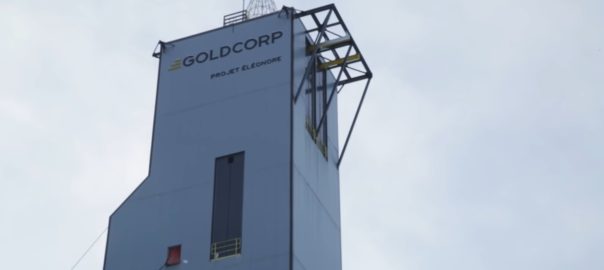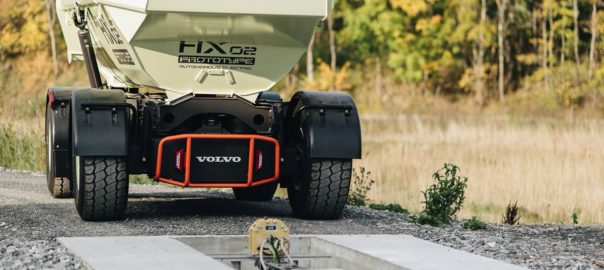Australia-based Field Solutions Holdings Limited says it has been selected as exclusive preferred supplier for enterprise Managed Desktop, Network and general IT services for Kestrel Coal on a five-year contract term.
Coming with revenue of circa-A$25 million ($17 million), the contract extends Field Solutions’ existing connectivity provision relationship with Kestrel Coal, while leveraging its Regional Australia Network telecommunications infrastructure.
“The award of this enterprise contract to FSG validates and reinforces our strategy to build infrastructure and deploy full-time resources into rural, regional and remote Australia,” Andrew Roberts, FSG CEO, said.
FSG has been operating and building infrastructure across central Queensland for the past five years, providing residential, business and enterprise telecommunication services from its Emerald regional headquarters.
This win consolidates FSG as the largest Managed Services organisation in Emerald and surrounding areas and will see FSG expand its local operations at its Emerald Regional headquarters, the company said.
“Field Solutions’ Regional Australia Network services the mining regions northeast and west of Emerald and FSG has provided connectivity services to Kestrel Coal for three years, together with other mining and agribusiness customers,” Roberts said.
Kestrel Coal ran a competitive process to select FSG as its preferred IT partner, FSG says. Its mine is 51 km northeast of Emerald and was managed by Rio Tinto until 2018. It is one of the largest coking coal mines in the world, with an estimated 158 Mt of reserves.
Roberts added: “Last year, FSG acquired Infrastructure as a Service, cloud and ISP provider TasmaNet, which bolstered FSG’s existing capability to deliver enterprise grade managed and cloud services. This contract win highlights the value of our recent TasmaNet acquisition.”
FSG says it is currently finalising commercial terms for the Managed Network and Managed Services contracts and expects the transition to be completed by the end of July. Additional IT and procurement services will be sourced on an as-needs-basis over the course of the five-year term.
The company is continuing to pursue several key mining services contracts in central Queensland, according to Roberts.
“Mining and agribusiness areas across Australia will continue to be key focus areas for FSG to deploy its own infrastructure and services,” he said.
These areas will be serviced by FSG’s 4G and 5G Regional Australia Network, which is currently under construction.







